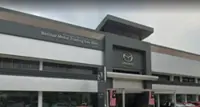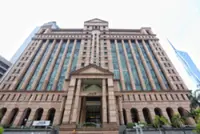Driving the industry: An employee works on a car assembly line at a factory in Wuhan. To help revitalise the car market, the government has loosened purchase restrictions in several major cities and introduced a number of preferential tax policies. — AFP
BEIJING: China has released details of a development plan for the new-energy vehicle industry as it seeks to shore up the world’s largest car market and revitalise an economy hard hit by the coronavirus pandemic.
In a statement, the government said the focus of the plan was to unify the domestic market, improve industrial concentration and sharpen market competitiveness.
Already a subscriber? Log in
Save 30% OFF The Star Digital Access
Cancel anytime. Ad-free. Unlimited access with perks.





